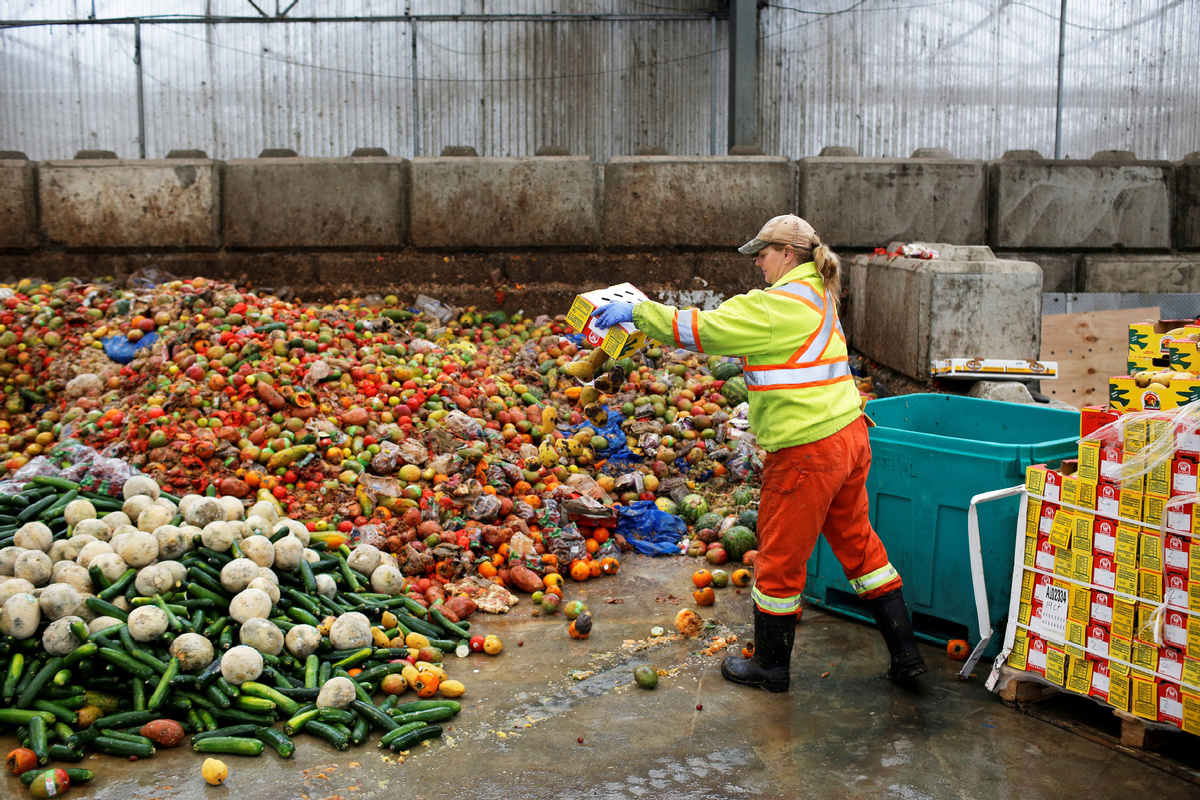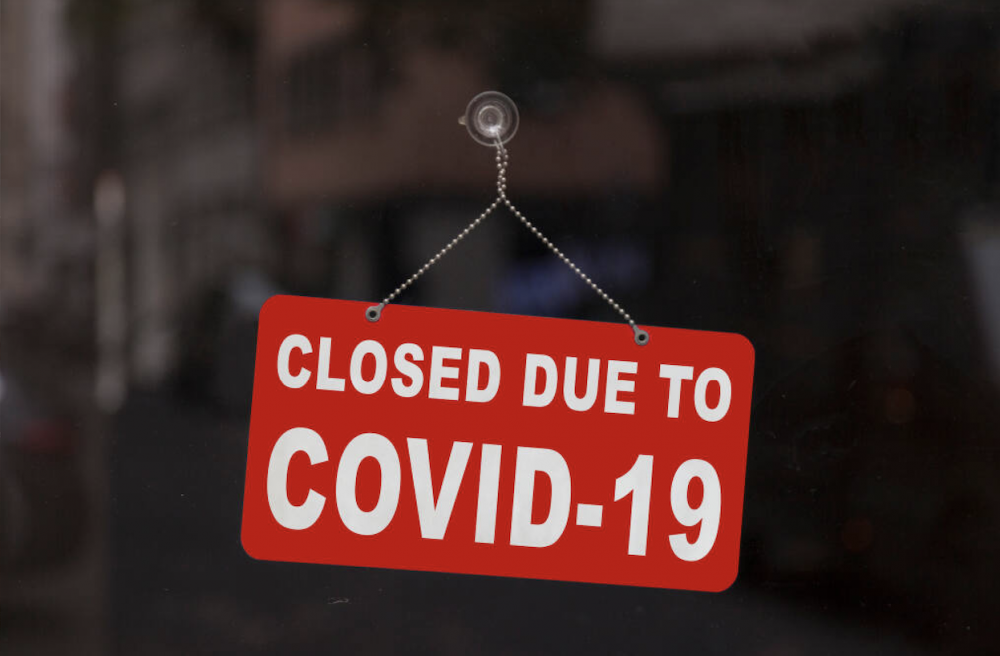
OLIVIA GINGOLD – MARCH 10TH, 2020
EDITORS: CHAZEL HAKIM, ANDREW BABSON
We’ve all been there before: you are digging around in your fridge for that jar of jelly to put on your toast, and all of a sudden you stumble across a container that is growing mold. Upon deeper inspection, you realize it is that chicken you cooked two weeks ago and then forgot about. You unscrew the lid and dump the food into the trash, wrinkling your nose at the smell.
You are not the only one. According to the Food and Agriculture Organization of the United States, over ⅓ of the food produced globally goes to waste. The quantity of food wasted is a shocking statistic, but it also has a significant economic impact: the food waste amounts to $680 billion in industrialized countries and $310 billion in developing countries, totaling nearly a trillion dollars of food waste globally each year.
Reasons for Food Waste
The nature of food waste varies between industrialized and developing countries. In developing countries, most food is wasted post-harvest and early in the supply chain process. This issue is a result of inadequate manufacturing and storage facilities that decrease the country’s capacity to maintain food quality through the end of the production line. On the other hand, in industrialized countries, food waste is precipitated by aesthetic or appearance. A significant amount of food is wasted because it is not up to the cosmetic standards of consumers in industrialized countries. Industrialized countries enjoy fruits that are uniform in shape and color. Fruits and vegetables with blemishes and inconsistencies are undesirable to consumers living in these countries. In fact, in developed countries, more than half of this food waste happens in the home after being purchased from the supermarket.
In the end, this food waste aggregates and ends up costing the consumer. It is estimated that the average family wastes between $1,365 and $2,275 each year on food waste. The privilege to discriminate against food based on cosmetic standards and to throw away food when it goes bad regardless of the money spent on it is unique to developed countries. In lower-income economies, food is a privilege, not a right, and throwing it away would be a waste of already strained incomes.
Environmental Costs
However, food waste does not only have economic implications but environmental ones as well. The global food system contributes 30% of the total Greenhouse Gas emissions to the environment, Since ⅓ of the food produced globally goes to waste, that means an estimated 10% of Greenhouse gas emissions were emitted simply for waste. If food waste were a country, it would be the third largest emitter of Greenhouse gases, only behind the USA and China.
Beyond Greenhouse gas emissions, food overproduction strains our environment: forests have to be cleared for production, soil is being leeched of nutrients, and 25% of our water goes to producing wasted food. These environmental implications eventually have widespread economic impacts. These include structural displacement due to rising sea levels, capital destruction from the marked increase in wildfires, and increased pressure put on production ecosystems such as our oceans and fields as a result of overfarming and warming temperatures. To you, food waste may just seem like a brown banana or an expired take out meal , but when combined with everyone else’s food waste, your own waste ends up having deeply detrimental effects.
Conclusion
Professor Khalid of University of California, Berkeley once told a lecture hall of students: “We don’t have a food production problem; we have a food distribution problem.” If food distribution systems were improved, all of the world’s entire food insecure population on this planet – an astounding one billion people – could be fed on only ONE QUARTER of the food wasted in the US, UK, and Europe. Although you as the average consumer can’t necessarily improve international food distribution systems, there are ways to do your part. Where and how you spend your dollars have an impact on this economy, and reducing your own food waste will have a positive impact on your own wallet as well.
In the words of Michael Pollan: “Eat food, not too much, mostly plants”; and in your process of consumption, begin to make an effort to reduce your personal food waste. It’ll be good for you, and good for the rest of the world as well.
If you’re curious about steps you can take to begin to tackle your food waste, here are some resources that can help you track and diminish your own personal food waste:
- No Waste App: Allows you to track food in your fridge and enter expiration dates so you can know when your food starts to go bad.
- Imperfect produce: Challenges cosmetic standards of industrialized production by selling produce that is considered “ugly” or “cosmetically undesirable”
- Meal prepping: Allows you to shop for food and cook it all at once to reduce the chances of waste. Yummly and MealLime are apps that allow you to look up recipes based on food you have in the fridge. These apps are a great way to identify food close to expiration and build your meal plans around those items! They also have features which allow you to build shopping lists and meal plans around the recipes you select.
- Food banks: When your food gets close to expiring and you know you won’t eat it, donate it to a food bank so someone else who’s more food insecure can consume it!
Featured Image Source: China Daily
Disclaimer: The views published in this journal are those of the individual authors or speakers and do not necessarily reflect the position or policy of Berkeley Economic Review staff, the Undergraduate Economics Association, the UC Berkeley Economics Department and faculty, or the University of California, Berkeley in general.



